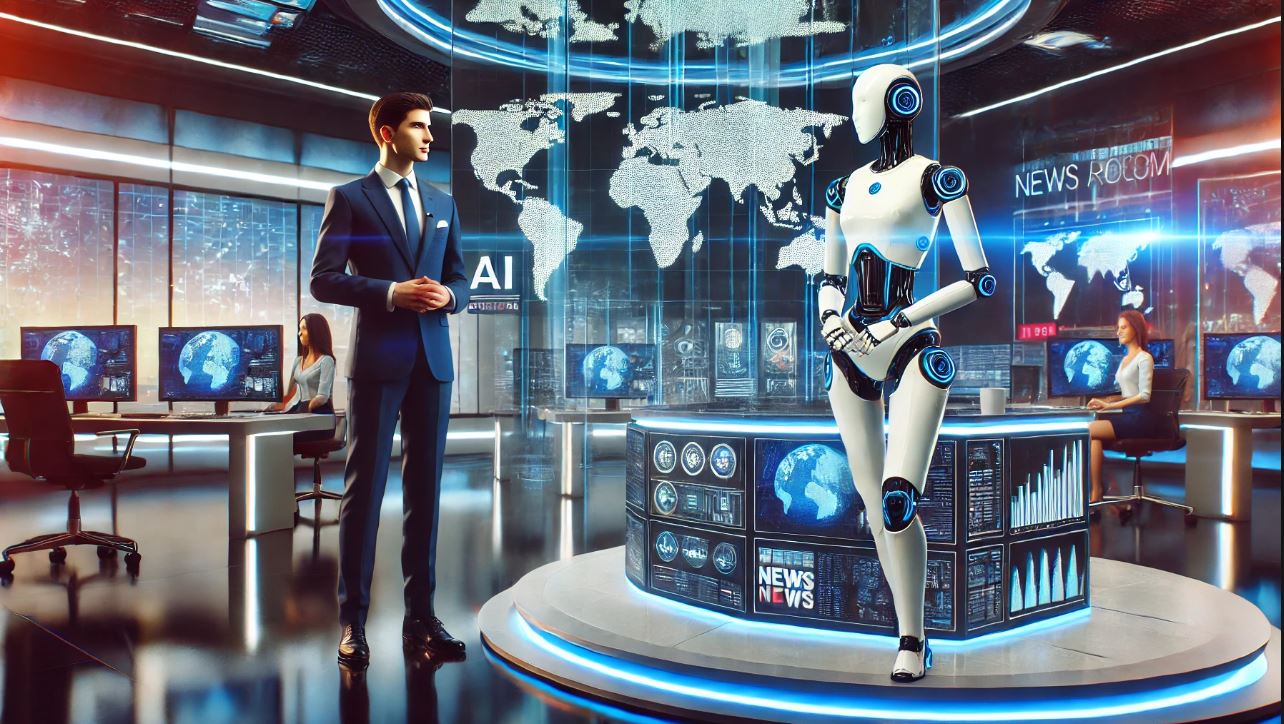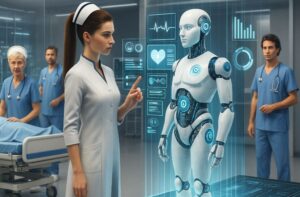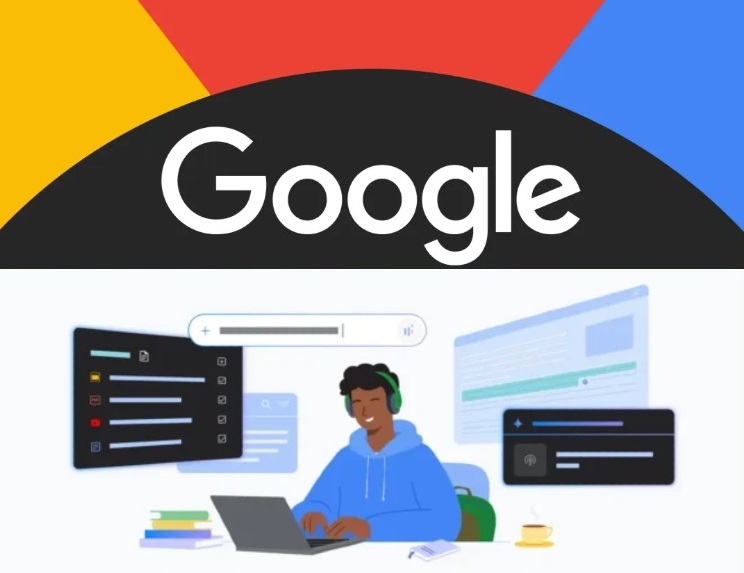As artificial intelligence (AI) advances, its role in industries such as media and broadcasting has sparked debate. AI-driven news anchors are now a reality, delivering news, sports updates, and even commentary. However, the question arises: Can AI truly replace human news anchors, or is there still an irreplaceable human element that audiences value?
This article explores the complex relationship between AI and human news anchors, using real-world examples to highlight the ongoing importance of human authenticity, emotional connection, and adaptability in the broadcasting industry. Here’s why the best approach might be a hybrid model that combines the strengths of both AI and human presenters.
1. The Power of Human Connection and Authenticity in Broadcasting
In a recent example that stirred public opinion, a Polish radio station, OFF Radio Krakow, experimented with AI-generated avatars to replace human presenters. These virtual AI news anchors were intended to appeal to younger audiences by discussing cultural and social issues. However, the experiment backfired, sparking a strong backlash from listeners who felt that AI presenters lacked the authenticity and warmth of real journalists. This response led the station to end the experiment, underscoring the power of human connection in broadcasting.
Why Authenticity is Key
Human news anchors bring authenticity, emotional depth, and trust to their reporting, which resonates with audiences on a personal level. Authenticity in broadcasting is critical, especially when covering sensitive or complex topics. AI presenters, despite their technological sophistication, often lack the ability to convey emotions that feel genuine, making them less effective in connecting with viewers. The example of OFF Radio Krakow underscores how audiences still prefer human voices and faces, especially when tackling nuanced topics.
2. Adaptability and Quick Decision-Making: Human Skills AI Struggles to Replicate
Human news anchors are accustomed to the unpredictable nature of live broadcasts, where breaking news, unexpected events, or technical issues can arise at any moment. These anchors adapt swiftly, making real-time decisions and providing audiences with a seamless experience. AI, by contrast, operates within pre-programmed parameters, limiting its ability to respond effectively to unpredictable events.
Example of Adaptability in Real-Time News Coverage
Consider live coverage of a natural disaster. Human anchors provide up-to-the-minute updates, conduct live interviews with witnesses, and offer real-time insights. AI-driven anchors, even with advanced programming, would struggle to replicate the dynamic, nuanced responses that human anchors can offer. In OFF Radio Krakow’s experiment, AI presenters couldn’t engage with the audience in real time or address unexpected reactions, contributing to the negative response from listeners.
3. Complex Analysis and Contextual Understanding: The Value of Human Insight
Audiences rely on human news anchors not only for factual reporting but also for context, analysis, and depth of understanding. This is particularly vital when covering complex issues like politics, social movements, and cultural developments, where a deep understanding of context is essential. Human anchors bring this knowledge and insight to their reporting, offering perspective that enhances audience comprehension.
AI’s Limitations in Providing Nuanced Analysis
A particularly telling example from OFF Radio Krakow’s experiment was an AI-generated “interview” with the late Nobel Prize-winning poet Wisława Szymborska. Listeners found this approach insensitive, as it lacked the depth and respect a human journalist could provide. The absence of cultural awareness and historical context highlighted the limitations of AI-driven news anchors, especially when addressing emotionally charged or culturally significant topics.
4. Building Trust and Managing Ethical Concerns with AI in News
Trustworthiness is a core value in journalism, and human journalists are generally accountable to ethical standards, codes of conduct, and the audiences they serve. With AI-driven news, however, questions around transparency and accuracy arise. Who is accountable if an AI presenter disseminates false or biased information? In a world increasingly wary of misinformation, public trust in news media becomes even more crucial.
The Public Response to AI’s Presence in Broadcasting
OFF Radio Krakow’s experiment revealed the public’s skepticism towards AI-driven news. The AI presenters were met with unease, and listeners expressed concerns about ethical accountability and transparency. Human journalists are responsible for their reporting, adding a layer of trust that AI cannot yet provide. For a media organization looking to build credibility and trust, incorporating human anchors is essential, especially when covering sensitive or potentially controversial topics.
5. Cost Efficiency vs. Value in Broadcasting: Does AI-Driven News Truly Benefit Audiences?
While AI offers cost-efficiency, particularly for repetitive tasks like weather reports or traffic updates, it does not necessarily translate into value for audiences. As demonstrated by OFF Radio Krakow’s experience, audiences perceive the replacement of human anchors with AI as a threat to journalistic standards and quality. The public’s reaction to AI-driven presenters suggests that audiences value human expertise and storytelling.
AI as a Tool to Supplement, Not Replace, Human Anchors
The backlash to AI presenters at OFF Radio Krakow serves as a reminder for media outlets: AI can enhance the news process but may not be a suitable replacement for human journalists. Instead, AI might be better positioned as a supplementary tool, allowing human anchors to focus on more intricate reporting and storytelling tasks. This balanced approach would allow AI to handle repetitive tasks, freeing up human journalists to deliver deeper, more engaging content.
Moving Forward: A Balanced, Hybrid Approach in AI Broadcasting
As AI technology continues to advance, it holds the potential to support and streamline news production in significant ways. By enabling faster, more efficient news delivery, AI can help media outlets manage their workload and reach wider audiences. However, the example of OFF Radio Krakow underscores that audiences still value the unique qualities of human news anchors—qualities like empathy, flexibility, and insight that are essential for a meaningful broadcasting experience.
A hybrid model that combines AI’s efficiency with human anchors’ depth and emotional intelligence could offer the best of both worlds. AI can handle straightforward tasks, while human anchors focus on complex topics, live reporting, and in-depth analysis. This approach recognizes the limitations of AI while celebrating the value of human presence in delivering news.
Conclusion: The Irreplaceable Role of Human News Anchors in AI-Driven Media
The case of OFF Radio Krakow highlights a key insight: while AI is a powerful tool with the potential to enhance media operations, human news anchors remain irreplaceable in delivering an engaging, authentic, and trustworthy news experience. From establishing a genuine connection with viewers to providing nuanced context and building public trust, human anchors bring qualities that AI still lacks.
As media and broadcasting evolve, the role of human news anchors may change but is unlikely to disappear. Rather than completely replacing human journalists, the future of broadcasting lies in integrating AI as a supportive tool, allowing human anchors to excel in storytelling and investigative journalism. In this way, AI and human presenters can work together, enhancing the audience’s experience while preserving the credibility and authenticity that have long been the foundation of trusted journalism.
This balanced approach acknowledges the limitations of AI while celebrating the irreplaceable value of human insight in delivering the news.















